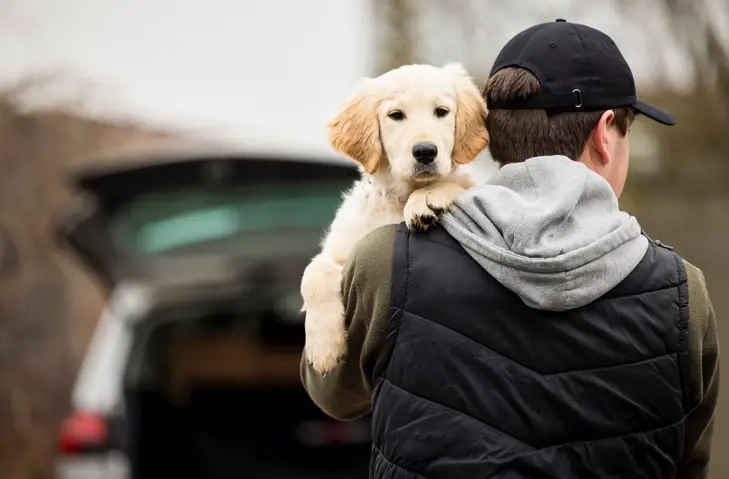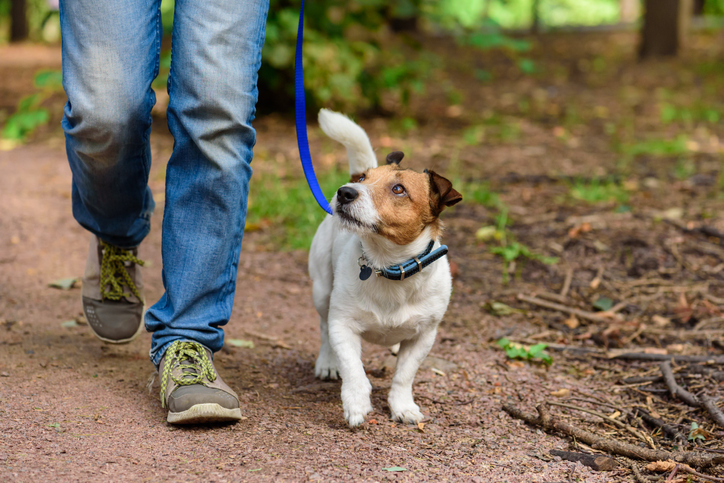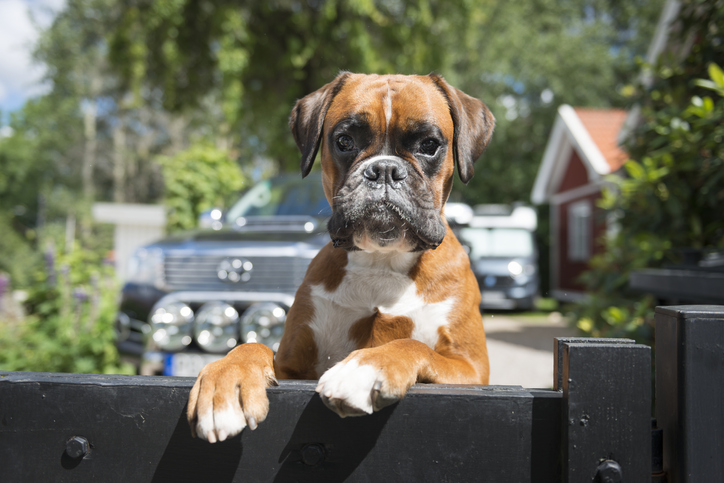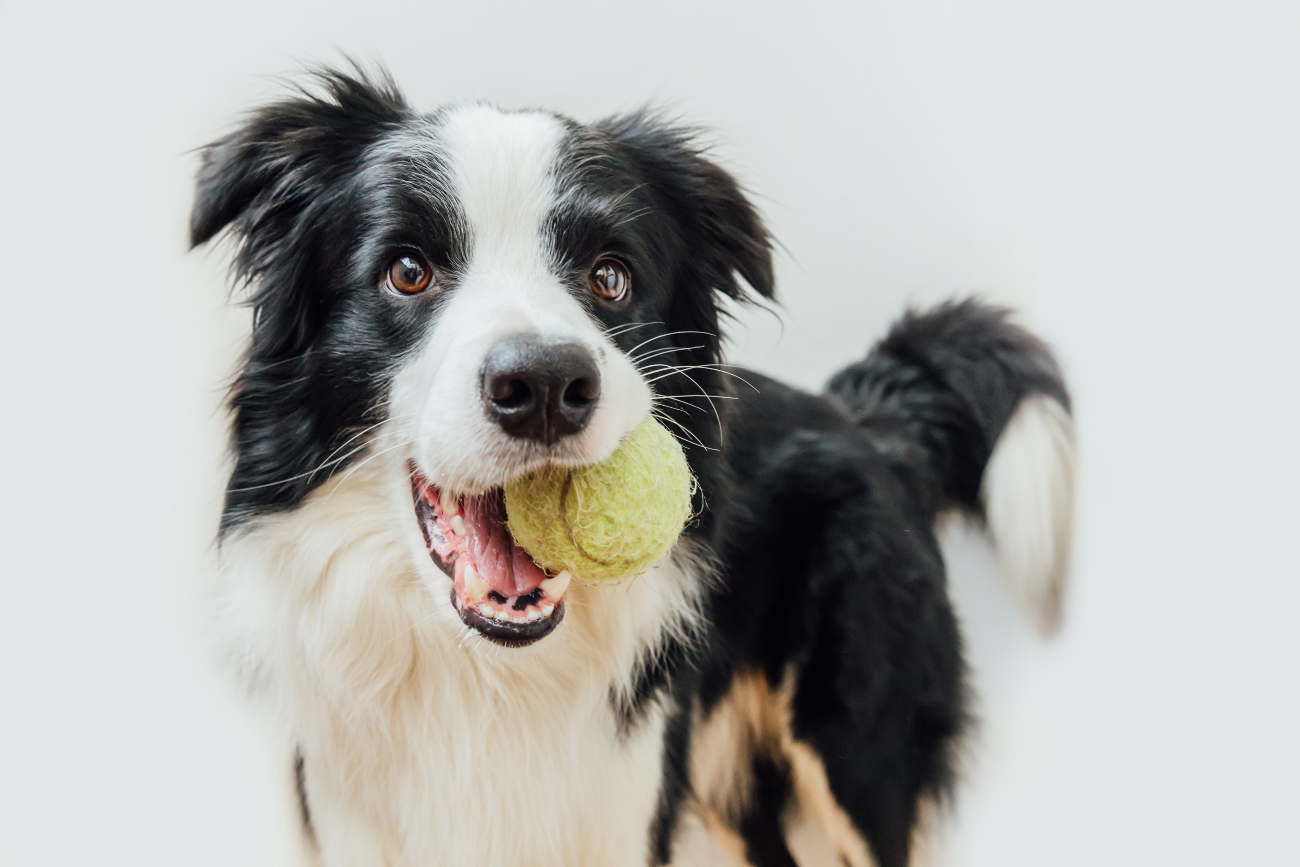How to stop your pet from being stolen
27th January, 2022

The thought of having your dog stolen is unbearable for any animal lover. But unfortunately, it has become a reality for many dog owners in the UK.
Research by Blue Cross reveals that seven dogs were stolen every day in 2020. That’s a 170% increase from 2019. Meanwhile, government data shows that of all animal thefts reported to the police that year, around seven in 10 involved dogs.
With more of us spending more time at home since the start of the pandemic, the demand for puppies has grown sharply. With prices surging, criminals have seen dog theft as a quick way to make money.
During 2020’s Covid lockdowns, dog theft was one of the only crime categories that rose (along with drugs and anti-social behaviour offences).
Certain parts of the country are more dangerous for dog theft than others. Research shows that, without accounting for population size, the most high risk area is Greater London. In the last five years there have been 1,409 reports of dog thefts to the Metropolitan Police, 317 of those in the last 12 months alone.
West Yorkshire was next on the list, with 121 reports, followed by Kent with 118, Northumbria with 97, and Essex with 51.
With dog theft on the rise it’s important to remember that not all dog insurance policies provide cover for lost or stolen pets. Thankfully, at Purely Pets, we’ll help you cover the cost of advertising for a lost or stolen pet through our pet cover. Find out more when you get a quote today.

Dog theft to become a criminal offence
The thought of losing a valued part of the family is upsetting for many dog owners around the UK. However, there is some good news.
The increased number of pet abductions taking place has sparked a change in the law. At the end of 2021 it was announced that anyone stealing dogs could face up to five years in prison if convicted of pet theft.
That’s because dog theft is being introduced as a new criminal offence. Prior to this, the theft of a pet was simply treated as loss of the owners’ property in the eyes of the law. But as anyone who has suffered the trauma of a pet being lost or stolen will know, that says nothing of the severity of the crime.
The changes mean that a judge will be able to take into account factors such as the emotional distress caused to both the owner and the dog when deciding on penalties and sentencing. There are also future plans to extend the offence to cover the theft of other pets.
The government’s Pet Theft Taskforce, created in May 2021, is made up of representatives from Defra, the Home Office and the Ministry of Justice, and works alongside partners including the police CPS, Border Force and local government.
The key recommendations in the Pet Theft Taskforce Report are:
- The creation of a new pet abduction offence which prioritises the welfare of pets and distress of owners.
- Improved recording and data collection to help identify and track cases.
- More comprehensive recording of ownership and transfer data, including a single point of access to microchipping databases.
- Police to work with partners to raise awareness about initiatives and tackle the fear of crime.
Owners must stay alert
Dog thieves are known to use a range of methods to capture their four-legged victims. From targeting parks in well-to-do areas and mugging dog walkers to coaxing puppies out of back gardens and raiding boarding kennels, these criminals will stop at nothing to get their hands on these canine prizes.
Certain breeds of dog are more in-demand than others. Topping the list are French bulldogs, pugs, cockapoos and labradoodles.
Not only are they on the lookout for dogs with inflated price tags (the price of some puppies shot up from £2,000 to £8,000 during the pandemic), they also target dogs that have not been neutered or spayed (so are able to breed).
The pandemic created a perfect storm as far as dog theft is concerned. With more of us spending time at home, demand for puppies increasing, and supply going down because responsible dog breeders were not breeding as much, the result has been more criminals stealing dogs, and more pets being taken from their owners.
As a result, owners have had to be far more alert.
Ways to keep your dog safe
The majority of thieves are opportunists, so the harder you make it for them to steal your dog, the less likely it is to happen. Think about what you can do to make sure your pet is safe at home and while out and about.
By following these steps you can deter thieves and keep your beloved pooch safe.
1. Make sure your dog is microchipped and easy to identify
It’s a legal requirement for all dogs to be microchipped by eight weeks. Once done, make sure you keep your contact details up to date - especially if any of your details change. If a dog is microchipped, it’s easier for it to be traced back to its owner. Make sure they also wear a tag with your name, phone number and address on it.
If your dog has been neutered or spayed, it might be worth including this on their ID tag as it could deter dog thieves looking for animals to breed.
Regularly take photos of your dog from different angles, making note of any distinctive features.
2. Keeping your dog safe at home
Make sure there are no escape routes (aka theft access points) around the edge of your garden and that your home is secure. This will help keep your dog in and intruders out.
Fit a motion sensor light to the front and rear of your house and fit all gates with strong, sturdy locks (which are kept locked when not in use). You may also consider attaching a bell to gates and removing ‘beware of the dog’ signs which merely serve to advertise the fact there are dogs in the house.
When your dog is in the garden, don’t leave them there unsupervised. Keep your dog in view – especially if they are in the front garden – and try not to leave your dog outside if you are not at home. If your dog is outside a lot or kept in kennels, you might want to install CCTV to deter intruders.
If you like to post images of your dog on social media, make sure your address can’t be identified. Avoid posting specific details about your pet and where you go for walks. Check your privacy settings and set up private groups or pages to share details about your pets with friends and family.

3. Keeping your dog safe in public
When letting your dog off the lead, always keep them in sight and pay attention to what they are doing at all times. Make sure they are trained to come back when called before letting them off the lead. Using a long lead will help build recall and is a safer option when you’re in an unfamiliar area.
Wherever you are out and about, never leave your dog unsupervised. This includes leaving them tied up outside a shop. Even if you live in a safe neighbourhood, you never know when an opportunist dog thief might be in the area. The same goes for leaving them alone in cars. This has a dual danger – they can easily overheat and a thief can break into a vehicle and snatch them in seconds.
Be wary of strangers asking you too many questions about your dog. They might just be a fellow dog lover, but they might also be gathering useful information with a view to stealing them. Equally, be watchful for vehicles slowing down when near you and your dog and stay aware of your surroundings.
Varying your walking route and times is a good idea as thieves may take note of your routine before striking. Walking your dog in pairs is another option – as long as you don’t get too caught up in conversation and become distracted from your dog.
Finally, it’s worth remembering that dogs that have been trained not to approach strangers are harder to snatch.
Ensure your dog is always in safe hands
If you got a dog during the pandemic, you’re not alone. However, with post-pandemic life starting to return to some normality, you may find you don’t have as much time as you used to for walking your dog.
If so, you might be looking to employ a dog walker to make sure your pooch gets the daily exercise it needs. When choosing a dog walker, take a little time before committing. Dog walkers are unregulated and unlicensed, meaning there are no checks on how these individuals will look after the dogs in their care.
Make sure all the paperwork is in place when selecting a dog walker, including third-party insurance and a licence if required in your area.
What to do if your pet is stolen
If you think your dog has been stolen, your emotions will be running high. Anxiety, dread, terror and helplessness are all to be expected, but if you stay calm you can increase the likelihood of being reunited with your four-legged friend.
Here are four steps you can take.
1. Think fast, act fast
If you suspect your dog has been snatched, you need to act quickly. Report the theft to the police as soon as possible, making a note of the crime reference number (this will help when it comes to dealing with insurance for your pet) and making sure they understand your dog has been stolen, not just missing.
You should also report the theft to your local council’s dog warden (and wardens in neighbouring local authorities).
2. Contact the microchip database
There’s a reason all dogs have to be microchipped. The microchipping company will notify you if your dog is found or if anyone tries to re-register the chip number.
3. Spread the word locally
Speak to other dog owners and walkers in the parks and public places you walk your dog and ask them to keep an eye out. Make posters showing a clear image of your dog, details of the circumstances, and your contact details. Stick them up in shop windows, on lamp posts, in vet surgeries, and other locations in your local area.
Speak to your vet about what has happened so they’re ready should someone bring your pet in for treatment.

Spread the word virtually
Take to social media to let people know what has happened and to ask if anyone knows anything. Ask friends and family to spread these appeals to as many people as possible so word gets out fast. If you tag animal charities, vets, microchip database providers and local businesses, you can ask them to share your post, too. Just make sure your social media profiles are set to ‘public’ in the security settings.
You can also use social media to look for posts about dogs that have been found. And take a look online at the places thieves might try to sell your dog. This could be pet websites and forums. If you find anything that rouses suspicion, report it to the police immediately.
Log the theft on missing animal databases. There are lots of them, so you will need to log your details with as many as you can so you have a greater chance of being reunited with your pooch.
Protecting your pets
At Purely Pets we know how devastating the loss of a pet can be – whatever the circumstances. They’re your companions, friends and valued part of the family.
Finding the right cover for you and your pet is what we do best. Don’t wait until it’s too late. With 15 levels of lifetime cover to choose from, you’re sure to find a pet insurance policy that’s right for your specific needs.
Find out more about our award-winning pet insurance policies and get a quote today.
Helpful Pages
Recent Posts
Pet Insurance Quote
- 98% claims paid *
- Claims paid directly to vets
- 24/7 vet video consultations
- Interest free monthly payments




